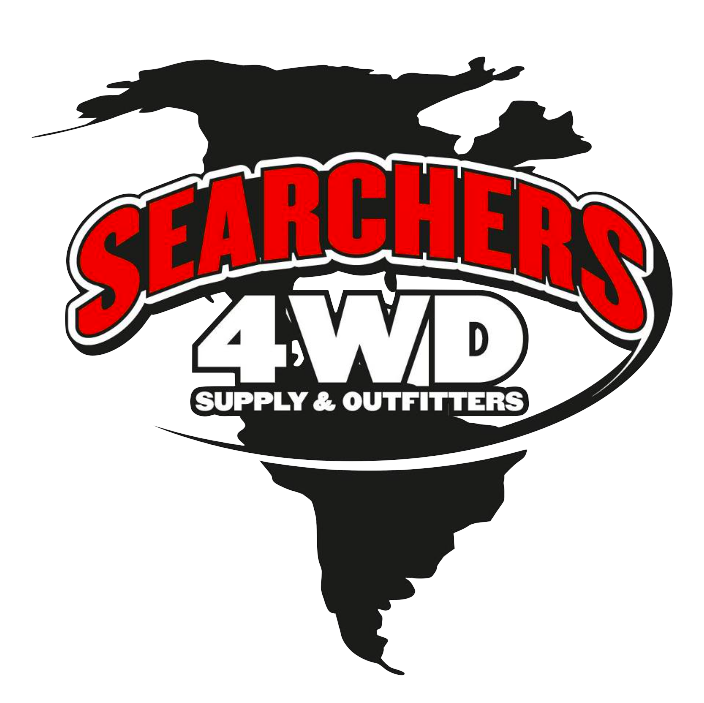Searchers AMC 20 Truss
Click here to purchase this truss from our online store
AMC 20's can be a fairly reliable axle with a little basic building, but they do have a couple of inherent weaknesses.
First, the two piece axle design is not know for holding up to larger tires and more torque. This is because the hub is pressed on to the end of the axle shaft and held in place with a nut. While this may have made sense to AMC from a manufacturing cost standpoint, it didn't make sense to Jeepers wanting to run larger tires. This is easily remedied by upgrading the flemsy two piece shaft to a one piece shaft. With a one piece shaft the hub is now part of the axle shaft which means that there is no longer a concern with spinning a hub.
Second, the axle tubes themselves have a tendency to spin where they meet the differential. The easy remedy for this is to weld the tubes to the differential and fill in the small holes where the tube is exposed through the differential housing. If you have an AMC 20 that has already spun a tube, no worries, it can be fixed. If you need us to straighten it back out for you please contact us here and we will set up an appointment to get you taken care of.
The last part that typically needs to be addressed is the strength of the axle tubes themselves. We have seen the axle tubes bent on quite a few AMC 20's over the years because the tubes themselves can't take the rigors of larger tires in more rugged wheeling situations. For that reason we developed a stout truss to connect the tubes and provide greater rigidity to the entire axle. We do get a couple of questions about our AMC 20 truss so here are some FAQ's for you.
1. Why doesn't it weld to the top of the differential?
-It just isn't necessary. The truss itself is made from 1/4" high carbon steel and provides a ton of strength without the need for extra welding across the diff.
2. What does it take to install this truss?
-Two things, first you need to notch the truss for your brake line in the rear, because we have built this truss for the dana 35 as well we don't provision it for one set brake line location. The most popular tool for the job is an angle grinder. Second, it has to be welded in, so you will need a welder that is rated to penetrate 1/4" steel and someone that knows what they are doing to install it.
3. I see you offer it in assembled and non-assembled, what is the difference?
-Welding takes time and to pass on the savings to our DIY customers we offer it as a kit that includes all of the pieces of the truss so that the end user can assemble it themselves. For those that are a little less experienced and want some of the finest hand welds you will see, we can also fully weld the truss together for you before we ship it. This takes the guess work out of figuring out the assembly.
4. So just burn it in and we are good to go?
-Not really, here are a couple of welding tips. First, don't run a ground on the opposite side of the axle from where you are welding. This can sometimes lead to the current traveling through the differential and pitting the carrier bearings, which leads to premature failure of those bearings and a costly repair. Two, always clean the surface that you will be welding so that you don't trash up your welds. Three, tack it in to make sure your fit and clearance is good before you start fully burning in the truss. These trusses pretty much only fit one way, but there is always a little bit of adjust-ability that can be made so it better to check fitment before committing to a fully burned in truss.
If you have more questions contact us here or if you would like to order the Searchers AMC 20 truss then click here.

